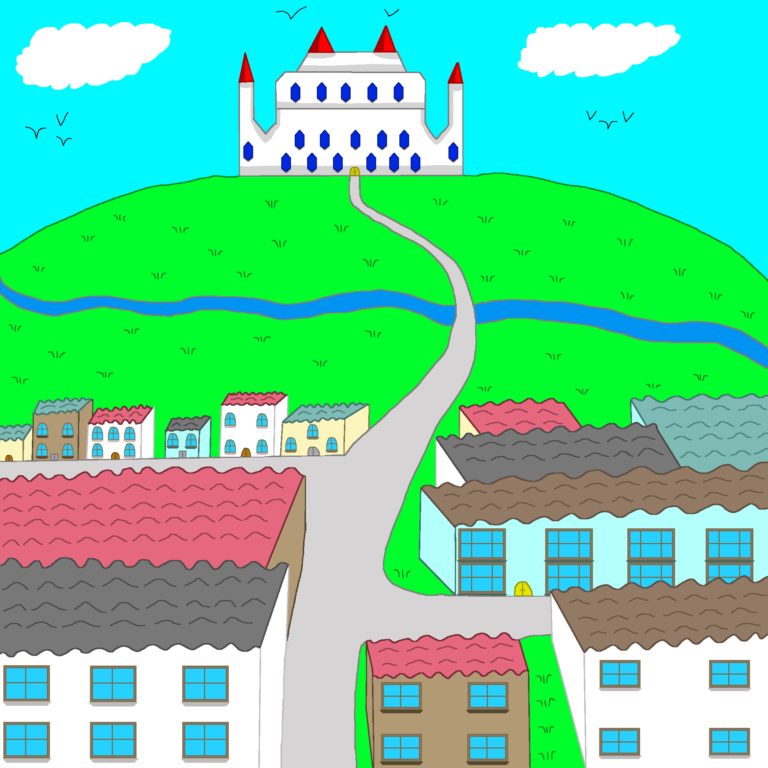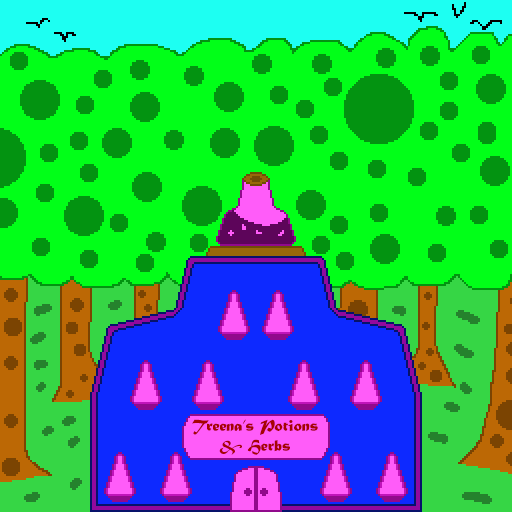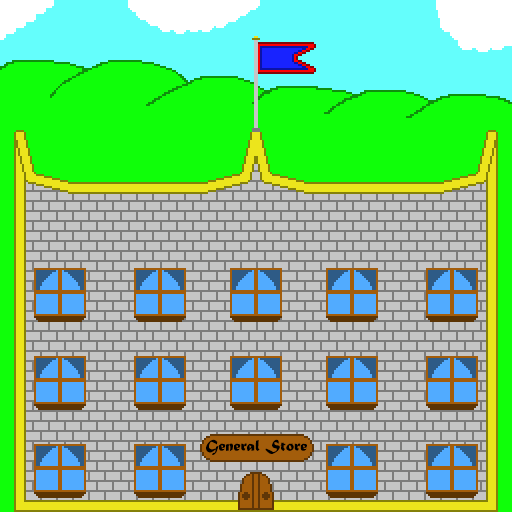Join US
Do you want to build the fantasy world you’ve always dreamed of?
Subscribe to receive notifications when a new post is out and for our monthly newsletter!
You can always unsubscribe anytime.


A pleasant scent wafts through a busy street as everyone hurries off to work in the morning. The scent entices those passing by to step inside the building where it’s coming from, revealing a bakery. The bakery just made its first batch of pastries for the day and already there’s a line of customers. This building is inside a large city. Fantasy cities are a core part of constructing a fantasy world from scratch.
Fantasy cities play a great role not just in the story but in the world as well. They’re where people gather to forge a community filled with a wide variety of buildings. From homes to shops to marketplaces, cities teem with life at all hours of the day. People constantly enter and leave, going off to another part of the world.
No two cities are ever the same; each one has their own distinct style, architecture, and unique place in the world. Think of them as dynamic beings constantly in flux. Never staying stagnant, they’re always changing whether for the better or the worse.
This is the first in a series featuring fantasy environments. These environments shape the world the story takes place in. As such, they are a vital worldbuilding tool for the audience to see and learn about. The five senses apply here, regardless of what medium you use to tell your story. Your fans want to see the beauty of the mountains, smell pleasant aromas, feel a weapon’s texture, taste a cake, and hear an owl hooting in the middle of the night. In short, the goal is to make them feel like they’re really there.
If you like this article and want to read more, go to our blog page. We have a treasure trove for you to look through!
Having your audience form a connection to these environments helps them be more invested in the story, for they want to see what’ll happen to these places later on. Let’s use Minas Tirith in Lord of the Rings as an example. Would you really care about it if it wasn’t under the shadow of Mordor and faced the threat of being ravaged by the Dark Lord’s forces? Or what if it wasn’t the capital of Gondor or it wasn’t located so close to the Anduin River? You became invested after seeing how beautiful it was, though it was crumbling, and how its people still found courage within their hearts after seeing the darkness coming from Mordor for a long time to stand against evil.

Fantasy cities have their own character. Their attitude, their way of life, is dependent on several factors:
Going off from the previous section, the type of architectural style used in fantasy cities mirrors the things they deem important. For instance, opulent, extravagant buildings mean the people value luxury more than frugality. They also like to show off, which can alienate some people and businesses but attract others.
The material used in the majority of buildings also determines a city’s character. Wood and other similar materials gives off a rustic, countryside vibe as wood-structures are not usually found in an heavily-urban area unless it’s in close proximity to a forest. On the other end, stone is found in such places and not in the countryside and gives off more of an elegant feel associated with these places. Rarer stones are used for places that house the wealthy and common stones are used for the commoners.
Many worlds feature similar, if not the same, styles throughout the genre. The following are just some of the examples you see:
The technology level of the world dictates what style is used and each has its own set of sub-types.

In many cases, the city’s architecture matches the area it’s in. A city located on the bottom of a mountain will have quaint, cozy cottages unlike that of an warm maritime city where its buildings have an open-like feeling to bring in the pleasant breezes throughout the year.
Roads are an important component of a city’s ambience. They facilitate traffic, which brings money that eventually goes in the city’s coffers. They also help foster development which expands the city’s boundaries. As such, many locales place a heavy focus on designing and maintaining them. The type of road used also depends on the area the city’s in. Dirt roads are great for small towns out in the middle of nowhere and brick or stone roads go in large urban centers like capitals.
Fantasy cities play an important role throughout the story. They are where major events that alter the story’s trajectory occur. Murder, crowning a monarch, and a secret meeting are just some of a myriad of things that could drastically affect the rest of the story.
Capital cities are more integral to the plot than others. They are where the ruler of the kingdom dwells. Every decision he makes from his throne affects the city whether he decides to go to war with a neighboring country or if he decides to travel abroad. Capitals also are filled with intrigue as spies from other nations endeavor to find out the latest going-ons. Besides the monarch, other government leaders like those of the military call the capital home.
As the story progresses, the city too changes. Some stories feature a changing of the guard as one ruler replaces another. Or a building that appeared in the beginning underwent a renovation throughout the story. The changes keep the city feeling fresh and keeps your audience interested in what’ll happen next. They also serve as a reminder of the passage of time.
Another purpose they serve is to introduce the audience to a larger world than the one they’ve seen up to now. This means bringing in new characters, both major and minor, who have their own quirks and personalities. The audience also learns about faraway places they’re just now hearing about for the first time and what’s going on there, as well as new characters who will appear later in the story. Hearing about all these places and characters in fantasy cities not only adds a layer of reality as everyone wants to know what’s going on in other places but it also foreshadows where the story will go, for these events will soon take center stage in the story.
Fantasy cities are one of the best environments in the genre. They take the story to new heights (or lows) and they have a bevy of characters who may soon play a large role or a small one. Cities may be aesthetically pleasing or a great eyesore.
When working on your fantasy world, you need a place for a large community of people to call home and cities do precisely just that. Use your imagination to design your own cities that your audience falls in love with. If you’re having trouble, look up cities such as Minas Tirith or Solitude for inspiration. Give your cities their own history, their own culture.
If you liked this article and you haven’t subscribed, hit that button below. Subscribing only takes a few moments.
Thanks for reading this and until the next time,
Sunfire
Let me know what you think in the comments below. (Note: this is an account-exclusive feature).
If you don’t have one, you can register here. It only takes a few moments of your time!
Liked this article and want to subscribe? All you have to do is fill out the form below and that’s it!
Thanks for reading this and until the next time,
Sunfire
Subscribing means you receive:
You can always unsubscribe anytime.
Do you want to build the fantasy world you’ve always dreamed of?
Subscribe to receive notifications when a new post is out and for our monthly newsletter!
You can always unsubscribe anytime.